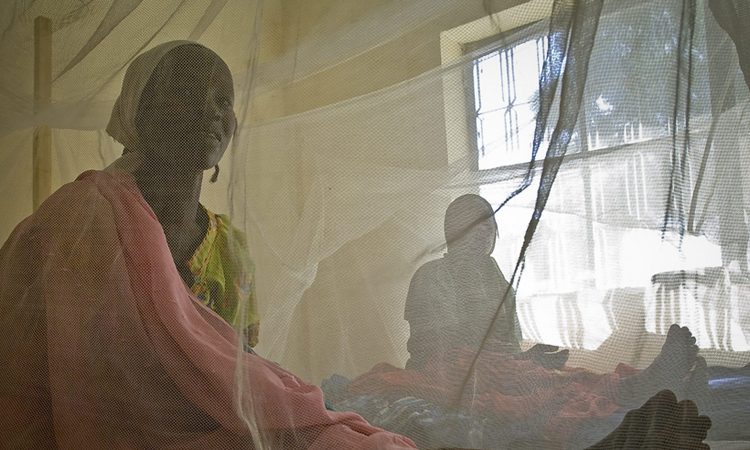Crayons, for many people, are one of those things that are so taken for granted as to slip from memory until they pop up on a back-to-school shopping list or catch your eye during a stroll down the school supplies section of your average department or general store. Despite their ubiquity, few things bring me such unadulterated child-like joy like opening a brand new pack of crayons: the scents of the cardboard box and dyed paraffin co-mingle and smell like possibility, like authoring your own visual adventure, like ART.

I love crayons. Perhaps it is because my mom encouraged us to indulge our joy in things considered child-like because we had to grow up too fast; or maybe it’s just because they are friggin’ rad, I have always loved crayons. I love blending the colors and experimenting with shadow and color depth. I miss the hot plate crayon art from elementary school—melting wax will always smell happy to me. I helped my husband create drip-crayon art that was just gorgeous. And to sound like the overblown stereotype of a hipster: I was coloring in coloring books as an adult before it was cool. I have crayons not yet used that feel like anticipatory glee like getting the catalogue for the school book fair. I have long-used and long-loved crayons, ones whose paper wrappers have dulled and are marked with flecks of other crayons, that feel like the easy, comfortable gladness of a cup of hot chocolate piled with marshmallows.

I have wanted to be approximately eleventy gazillion things when I grow up. Unsurprisingly, crayons helped me dream so many those things. It was with crayons and scrap paper that I explored fashion design, sketching out colorful designs for my sisters’ and my dolls—though, it was the late 80s and early 90s, so nearly every dress had puffy sleeves and mermaid skirts. My crayons helped me flesh out building designs when I wanted to be an architect. And I would certainly be lying if I said I didn’t still secretly dream of working at Crayola, creating and naming new colors (if someone in Crayola’s Colorful Career Center is reading this, hit me up!). That is the magic of crayons—one of the first, if not the very first, art mediums available to kids: they help us dream.

Crayons are also essential in the development of our communication. How many of the very first Mothers’ or Fathers’ Day cards and birthday cards we gave to our family members were crayon on construction paper? Or angry, misspelled notes, stuck to bedroom doors with random stickers, warning people to not come into our room?—and then the subsequent apology? I know I passed more than a few crayon notes to my siblings and my classmates. I still have and cherish notes and cards from both of my sisters with the large, unsteady, crayon scrawl of a tiny hand, full of love, still learning the fine coordination needed for handwriting. Beyond written communication, goodness knows our childhood crayon drawings were experiments in communicating too. Drawings of stick figure families, off-kilter houses, suns that smiled down on the scene communicated our dreams; dark grey clouds with white crayon streaks of lightning captured our fears. Crayons also featured heavily in our first forays into graffiti—an art form and communication style all its own—much to the anger of our parents, often left to scrub our scribbles off the walls.

Essentially, I believe many of us would have experienced our early development much differently without crayons and I know my own development can be marked with my use of crayons. I worked on developing fine motor control by learning to color within the lines on a coloring book page and I learned to communicate my feelings with words, with drawings, and with colors—that last one is especially important, given my mild synesthesia. I learned to keep my own company with crayons, I’ve found stress relief with crayons, and I began my habit of giving art as gifts with crayons. And on some of the “baddest” of the bad days, I held—still hold—myself together with crayons, a colorful, waxy, child-like, makeshift Kintsugi that smells like still finding joy on a rainy day. Who knew that cylinders of dyed paraffin wax could make so much of a person?

She accepted
the crayon
and drew
a transparency
to step across
the mirror.
Living on
horizons
long forgotten,
she sprang from fire,
her love affair,
a tale of fairy.
The baobabs grew,
feeding on her,
shredded the glass.
A darker night
devoured the moon,
diluted her crayon.
Then came the day after.
She rose
and drew a crayon.
She accepted lucidity
feeding on transparency.
She took a step.
—chimera, 2014





Leave a Reply